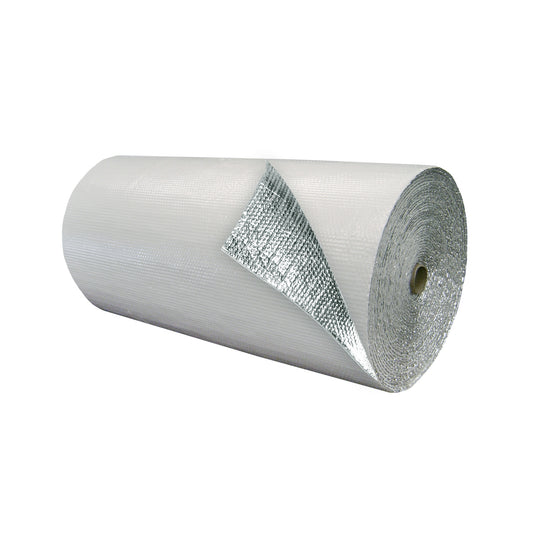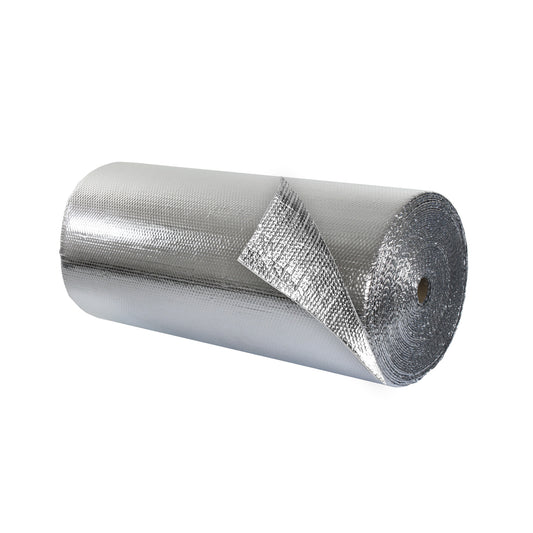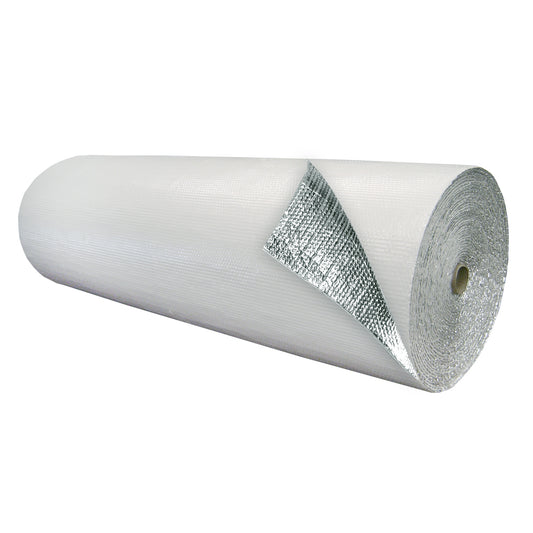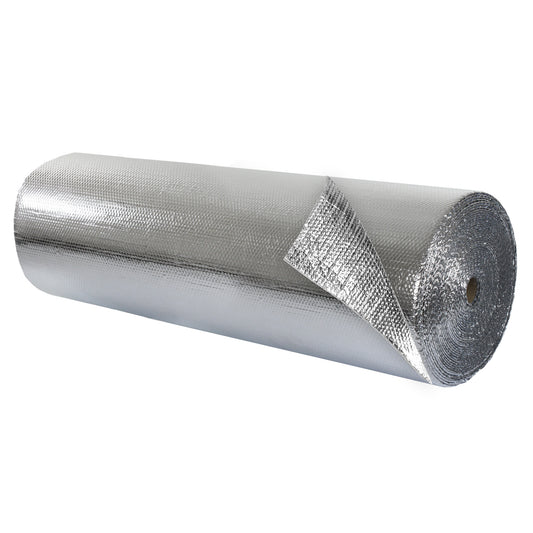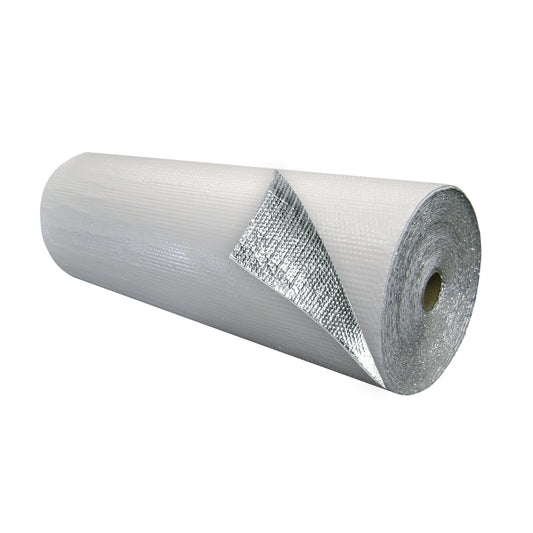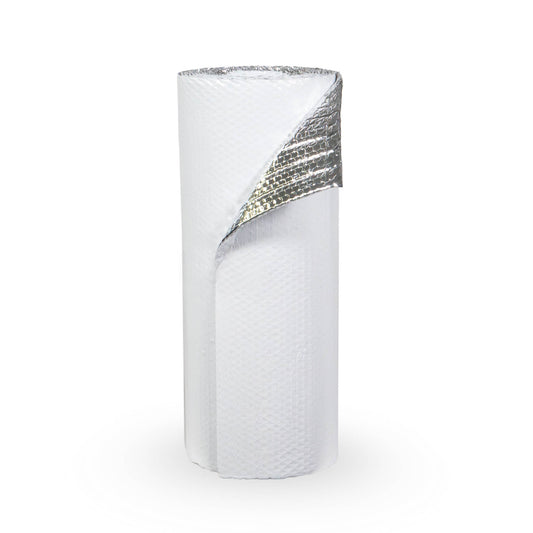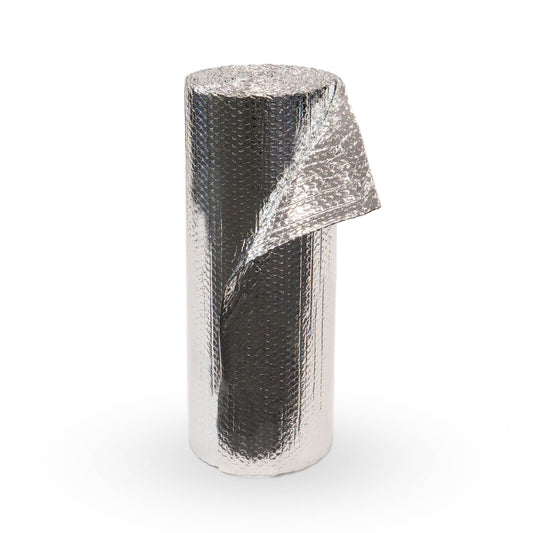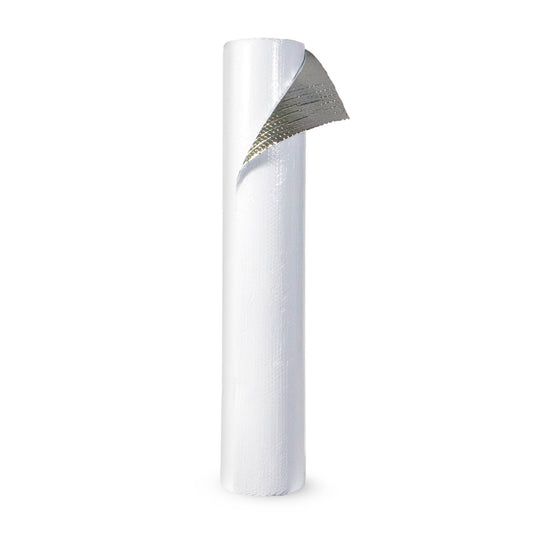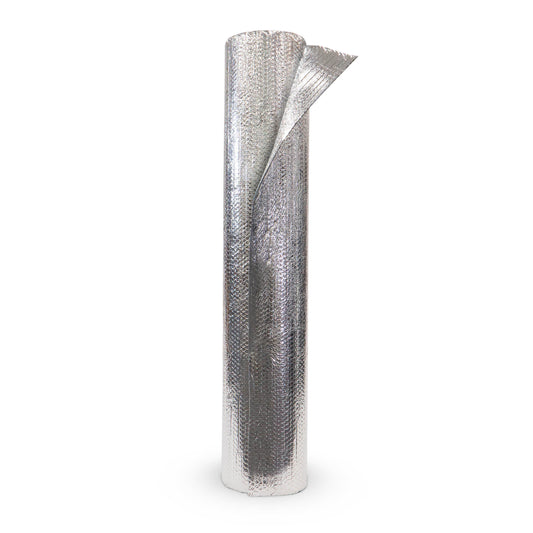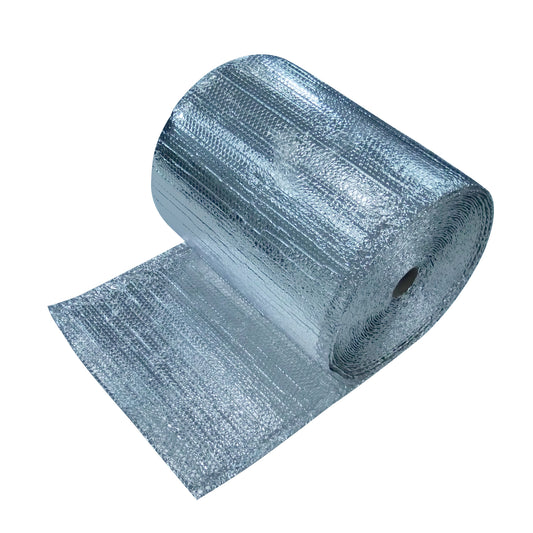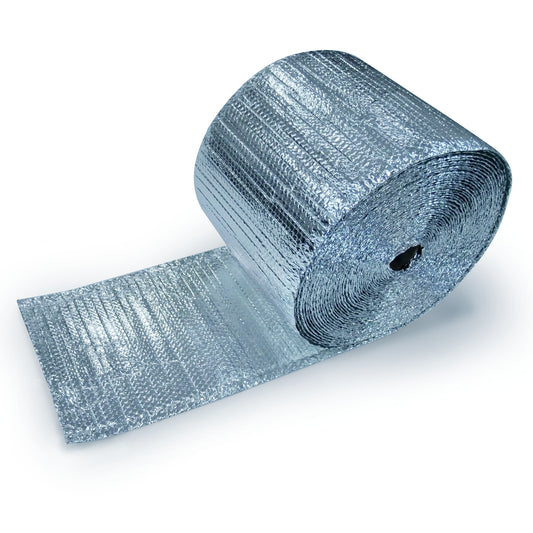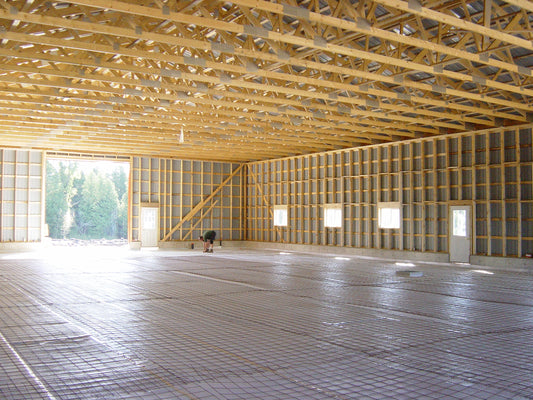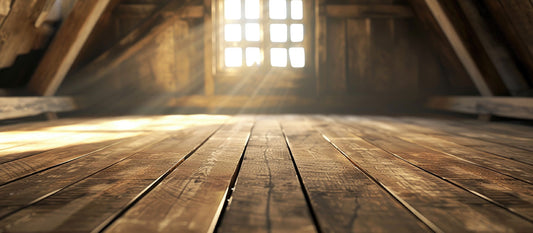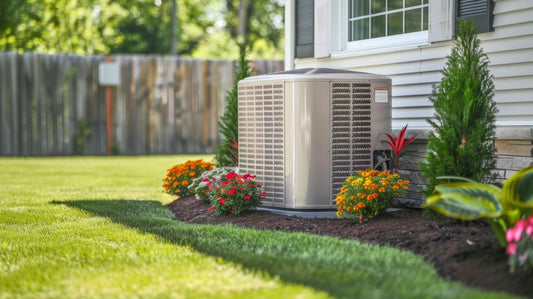Cold and snowy winter months can really wear down your greenhouse if it's not properly winterized. If you live in places where this type of weather is common, you'll want to make sure your greenhouse is thoroughly prepared once the first cold snap arrives. That way, you can keep your green thumb intact while your plants stay safe and growing throughout the season.
We at EcoFoil® have listed a number of items you can check on to ensure your greenhouse is prepared for what's to come. Most importantly, you will want to make sure your greenhouse has space for reflective insulation, as insulating your greenhouse is a key component to combating winter temperatures.

Why Winterize Your Greenhouse?
The winter months are not a conducive time of year for your plants to grow and thrive. While greenhouses are a good structure to maintain this growth, it's not 100% impenetrable from the cold temperatures, wind, and snow.
Winterizing your greenhouse means inspecting all areas that are susceptible to air leakages, structural damage, condensation buildup, and plant pests. By doing this, you'll get an idea of how your greenhouse is doing and take preventative measures as necessary so that you can protect your plants and reduce the wear and tear your greenhouse might receive during this time.
You'll want to make sure your greenhouse is inspected before the cold air arrives. A great time to start thinking about your winterizing plan is around September or October. This gives you ample time in case you discover some major problems that require more time and money to repair.
How To Winterize Your Greenhouse

-
Clean & Organize: This is the perfect time to deep clean your greenhouse. Start by washing the glazing of your structure's walls, removing any dirt, mold, mildew, or other buildup so that you can get the most sunlight possible coming in for your plants. You'll also want to consider cleaning and disinfecting items that could harbor mold or pests like gardening utensils or empty pots. Ensure you're plants have a clean environment to grow in and that you're working with similarly clean tools.
If you're organizing some of your plants to overwinter in the greenhouse, make sure the space you're setting them up for is cleaned and ready as well. Keep plants protected from frost by covering them with covers like plastic sheeting, towels, tarps, or cardboard.

-
Check for Pests: Speaking of pests, you'll want to seek these buggers out and remove them as soon as possible. Nothing's worse than having a pest control problem in your greenhouse over the winter months. Thoroughly inspect your plants and plant pots for any greenhouse pests like whiteflies, mites, aphids, caterpillars, and more. In fact, you'll want to inspect any surface or container inside your greenhouse to prevent a major pest control problem.
If you run into such a problem, you can treat your plants and keep them quarantined while you get the situation under control. Otherwise, cull any infected plants and keep the other ones quarantined before the problem gets any worse.

-
Drain Your Water Pipes: If your greenhouse uses a irrigation system to water your plants, you'll want to drain it before the first of the winter cold comes through. This only applies if you expect to have below-freezing temperatures during the winter months. Otherwise, you can still use your irrigation system as long as you monitor the weather and plan accordingly.
Your best bet is to water your plants by hand during this time. By doing this, you can shut off your pipes for the winter and preserve them for when the warmer weather returns.

-
Shore Up the Structure: Look around your greenhouse structure for any areas that need shoring up such as the windows, doors, walls, fans, etc. For small and simple leaks, seal these up with caulk and make sure they are sealed correctly. You'll want to check that no airflow is coming in or going out of these places so that your greenhouse's heat is retained during the winter.
As stated before, you'll want to allow yourself plenty of time to winterize your greenhouse in case you spot any major maintenance issues. Make necessary repairs as you see fit and contact local help if you're having issues shoring up places like the floor, walls, ceiling or the structure's foundation.

-
Check the Air Circulation: Make sure your greenhouse has a healthy airflow running through it. A proper ventilation system brings in fresh air that stabilizes temperature and humidity in this environment and promotes better plant growth. Without it, you can decrease the plant's ability to grow properly and accumulate mold and condensation - all that hard work cleaning your greenhouse for nothing!
Clean out your fans so that they are running properly. If you don't have any fans installed in your greenhouse, get some fans or contact your local electricians to help you get the job done.

- Add Insulation: To help maintain inside temperatures, add reflective bubble insulation to your greenhouse. You can add these to the following areas of the structure that won't disrupt any photosynthesis from happening:
- Any non-glazed or solid walls
- North-facing walls, and any other walls that take the brunt of winter
- South-facing walls (in extreme cold weather situations)
- Foundation wall
- Floor
- Plant Benches
You can also add insulation to the roof and south wall at night to prevent heat loss once the sun has gone down.
EcoFoil® reflective bubble insulation is perfect for insulating greenhouses because it's lightweight, easy to install, and efficient. The foil’s ability to reflect 97% of radiant heat back to its source will harness the sun’s valuable rays to keep your plants thriving all year long.
More Articles You May Like:
5 Ways to Reduce Your Home Electric Bill
Does Reflective Insulation Have R-Value?
How to Insulate a Cathedral Ceiling
What Causes Condensation in Metal Buildings?
If you have any questions or would like to order reflective insulation for your greenhouse, email us or call us at 1- 888-349-3645.


